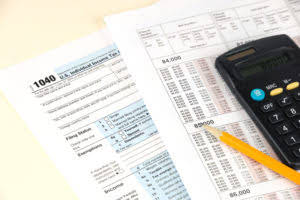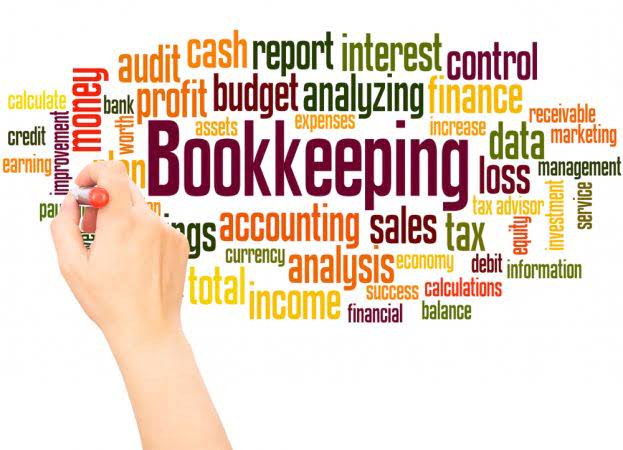
These assets play a vital role in managing daily operations and ensuring you can meet short-term financial obligations. As managers make decisions with financial ratios, there are several key ratios used to make decisions about liquidity. The current ratio, for example, is calculated by dividing current assets by current liabilities. This resulting ratio measures the ability of a firm to pay its short-term liabilities.
What is a Current Asset?

Fixed assets are long-term assets that a company expects to use in its operations for more than one year. These assets are typically not intended for immediate sale or conversion into cash. Think of current assets as your business’s safety net; when the unexpected hits, they’re your financial cushion. During crises, having robust current assets is like having a fully stocked emergency kit during a storm.

Current Assets Example
Total current assets are compared to current liabilities to calculate working capital. If total current assets exceed current liabilities, the company is likely able to meet its short-term financial obligations. While total current assets give a snapshot of a company’s financial position, they don’t necessarily indicate cash flow.
Current Assets Formula

It gets reversed at a time when the expense is deducted for tax purposes. Now, there can be cases where accounts receivable have to be removed from the balance sheet as such accounts cannot be collected from the customers. Both gross receivables are any assets easily converted into cash within one calendar year and allowance for doubtful accounts have to be reduced in such scenarios, so companies have to identify issues with their collection policies by comparing accounts receivable with sales. Now, increase in the bad debt expense leads to increase in the allowance for doubtful accounts to calculate the net realizable value of accounts receivable. Net realizable value of accounts receivable is the difference between gross receivables and allowance for doubtful debts.
What are assets? Ten financial terms for small business owners
- Cash assets may be calculated for an individual for much the same reasons as a company, though they are generally calculated on a smaller scale.
- For instance, fixed assets would encompass things like land, real estate, machinery and equipment, and furniture.
- A company owns current assets that it expects to convert into cash or consume within one year.
- Cash appears as first item under the account head ‘current assets’ in the balance sheet as it is the most liquid asset of the entity.
- Noncurrent assets are items that you do not expect to convert to cash in one year.
- Businesses also use the accounts receivable turnover ratio to analyze the number of days it takes to collect the average accounts receivable balance.
A company owns current assets that https://www.bookstime.com/ it expects to convert into cash or consume within one year. They include cash, accounts receivable, inventory, and other short-term assets. The most significant difference between fixed and current assets is in their nature of use and the period of usage.
Difference Between Fixed Assets and Current Assets
This can include items that may also be referred to as current or fixed assets. For instance, cash, which is a current asset, is a tangible asset because it’s something you can physically touch. Most fixed assets are also tangible assets for the same reason, as land, real estate, machinery, equipment and furniture are, after all, things you can see and touch. Current assets allow companies and investors to assess if a firm can pay off its financial obligations. Companies that cannot keep up with short-term assets = liabilities + equity liabilities may stagnate, lose market share or become insolvent in the long run. Accounts receivables are one of the important current assets of your business.

Though they are not directly convertible into cash, they are considered current assets because they are used up within one year and reduce future cash outflows. The main difference between a current and non current asset ishow quickly the asset can be liquidated (sold for cash). A currentasset is something that can be sold within a business cycle, whichis typically a year. A non current asset is exactly the opposite -an asset that cannot be converted within a year.

Tinggalkan Balasan